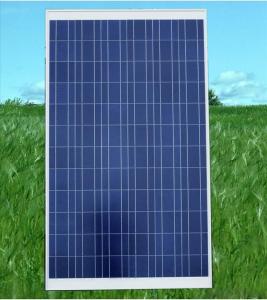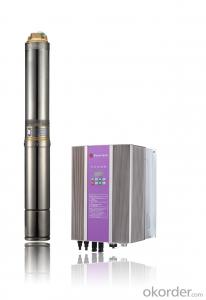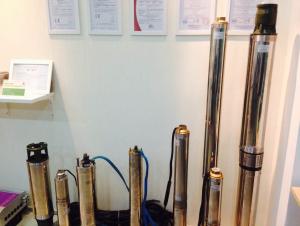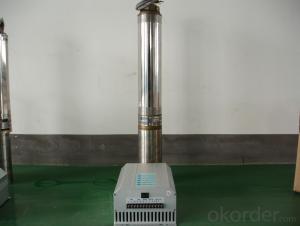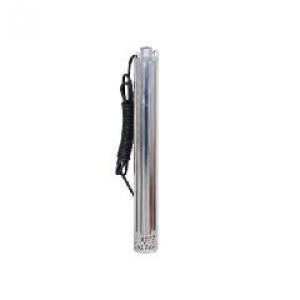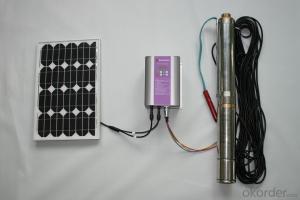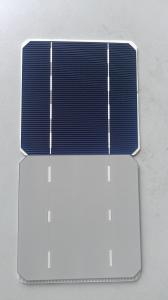Aps Solar Micro Inverter
Aps Solar Micro Inverter Related Searches
Aps Solar Inverter Solar Micro Inverter Micro Solar Inverter Solar Smart Micro Inverter Micro Inverter Solar Ac Inverter Solar Alpha Solar Inverter Solar Micro Inverter System Apollo Solar Inverter Solar Abb Inverter Solar Ac Inverter Abb Solar Inverter Abb Solar Power Inverter Apc Solar Inverter Microtek Solar Inverter Solar Cell Micro Inverter Solar Solar Inverter Solar Power Ac Inverter Sps Solar Inverter Solar Panel Micro Inverter Micro Inverter Solar System Solar Inverter Makro Solar Inverter Ac Sma Solar Micro Inverter Abb Solar Pump Inverter Mp Solar Inverter Solar Small Inverter Ac Solar Pump Inverter Ags Solar Inverter Abb Solar Panel InverterAps Solar Micro Inverter Supplier & Manufacturer from China
Aps Solar Micro Inverter is a range of products designed to optimize the performance of solar panels by converting the generated DC power into AC power, thereby enhancing energy efficiency and reducing energy loss. These micro inverters are engineered to work individually with each solar panel, enabling maximum power output and simplifying the overall solar system design. The Aps Solar Micro Inverter is widely used in residential and commercial solar installations, providing a reliable and efficient solution for harnessing solar energy. The product is known for its compact size, easy installation, and compatibility with various solar panel types, making it a popular choice among solar energy enthusiasts and professionals alike.In various application scenarios, the Aps Solar Micro Inverter stands out for its ability to deliver high efficiency and reliability. It is particularly useful in situations where shading or soiling affects the performance of solar panels, as each micro inverter operates independently, ensuring that the performance of one panel does not impact the others. This feature is crucial for maintaining consistent energy production, even in less-than-ideal conditions. Additionally, the Aps Solar Micro Inverter's design allows for easier monitoring and maintenance, as each inverter can be tracked and managed separately, simplifying troubleshooting and ensuring system longevity.
Okorder.com is a reputable wholesale supplier of the Aps Solar Micro Inverter, boasting a large inventory that caters to the diverse needs of customers worldwide. As a leading platform for sourcing solar products, Okorder.com offers competitive pricing, fast shipping, and excellent customer service, making it a go-to destination for those looking to purchase Aps Solar Micro Inverters in bulk. With a commitment to quality and customer satisfaction, Okorder.com ensures that each Aps Solar Micro Inverter is thoroughly tested and inspected before being shipped to customers, guaranteeing that they receive a reliable and high-performing product.
Hot Products















